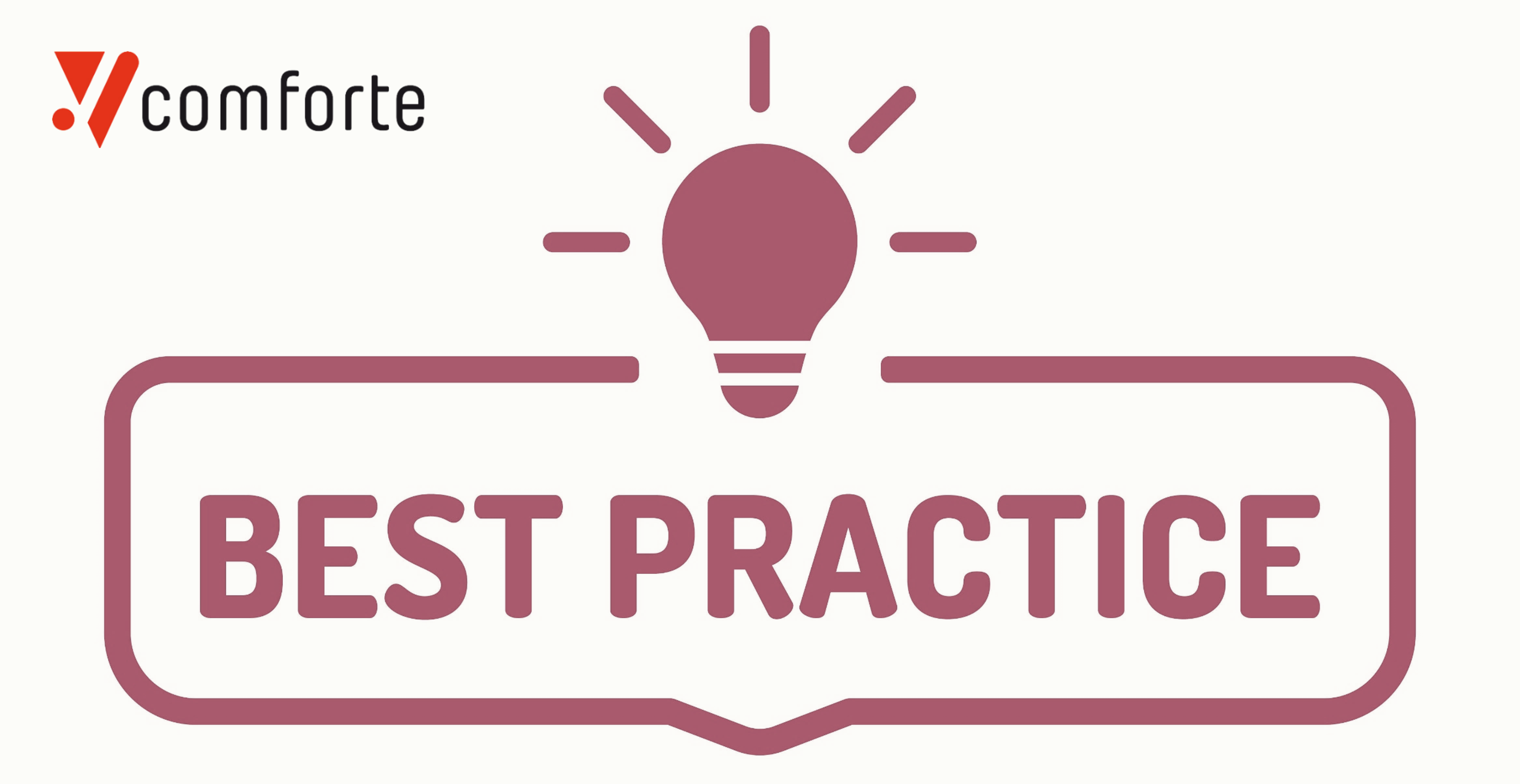Cloud-based analytics tools are taking the world by storm. Across multiple jurisdictions and verticals they’re unlocking value from corporate data to help teams make better business decisions. By minimizing data silos, lowering costs and enhancing collaboration, cloud technologies are democratizing and enhancing capabilities previously only available to the largest enterprises. Business leaders now realize that, if they don’t have a data analytics initiative, they may be on the fast-track to irrelevance.
But putting all of this into practice can be easier said than done. Given the highly sensitive and often regulated nature of the data fed into such platforms, internal security and compliance teams can be a major roadblock to progress. That’s why data-centric security is increasingly a must-have for corporate analytics team.
A roadblock to success
Cloud computing lies at the heart of most global organizations’ digital strategy today. By 2025, Gartner estimates that over 95% of new workloads will be deployed on cloud-native platforms, up from 30% in 2021. Yet many organizations are stuck. They want to move analytics workloads to the cloud, but are being blocked by security and compliance teams.
Part of the challenge is that the security capabilities offered natively by cloud service providers (CSPs) and data warehouse vendors simply aren’t powerful enough to meet increasingly rigorous compliance requirements. There’s a real risk that data could be compromised and exfiltrated, or accidentally leaked. And there are strict penalties for doing so thanks to legislation like the EU’s GDPR, and other copycat laws that have sprung up around the world.
The result? Compliance teams may demand that sensitive data is not used at all, or that it’s anonymized to the point where it loses its utility. Projects can be hit by delays of months or even years whilst organizations try to work out a cost-effective solution. And all the while, the competition begins to carve out a growing market advantage.
A vision for secure, compliant analytics
In this context, the right kind of security technology can be the difference between success and failure of the entire data analytics project, and maybe even the business. Organizations need a solution that will:
- Quickly deploy to embed protection directly into the data. This will ensure no sensitive data is stored in the cloud, reducing the audit scope for PCI DSS and meeting compliance requirements
- Reduce the risk of data breaches, thus overcoming security and compliance concerns and accelerating the journey to the cloud
- Deliver visibility and control so organizations can manage access to data across the entire analytics environment. This in turn will help to eliminate security management concerns, and reduce risk exposure by ensuring that only authorized users and applications can access sensitive information
The path to success
A data-centric security approach will help to deliver on these goals. Vendors like comforte provide state-of-the-art privacy-preserving technologies like tokenization and format-preserving encryption (FPE) which are applied directly to the data itself. However, for the desired outcome, it’s important to remember a few critical points:
- Systems need to feature continuous data discovery and identification of sensitive elements before classification and protection. That’s because data environments are in constant flux. Organizations can’t afford to let any coverage gaps appear, even for a short time
- Privacy-preserving technologies must be applied before data is ingested into the data warehouse, to mitigate the risk of a cloud breach
- Vendors must provide multi-cloud protection from a single platform with one consistent, interoperable approach to data security no matter what the application or CSP. This is important because few organizations today run just one cloud: 89% have a multi-cloud strategy
- Data-centric security should feature centralized, highly granular access controls via integration with an existing Identity Access Management (IAM) solution. This can be used to enforce a zero trust approach whereby data is kept in its protected state at all times: at rest and in transit. Access can be governed according to strict least privilege policies
- Orchestrate policies and access across databases, tools and apps to reduce risk exposure across the entire environment
In this way, the comforte AG Data Security Platform accelerates time-to-value for cloud analytics projects, empowering organizations to apply privacy-preserving protection to data in just days or weeks instead of months or years. It’s about flexibility, speed and data protection by default—the key to overcoming security and compliance concerns.






